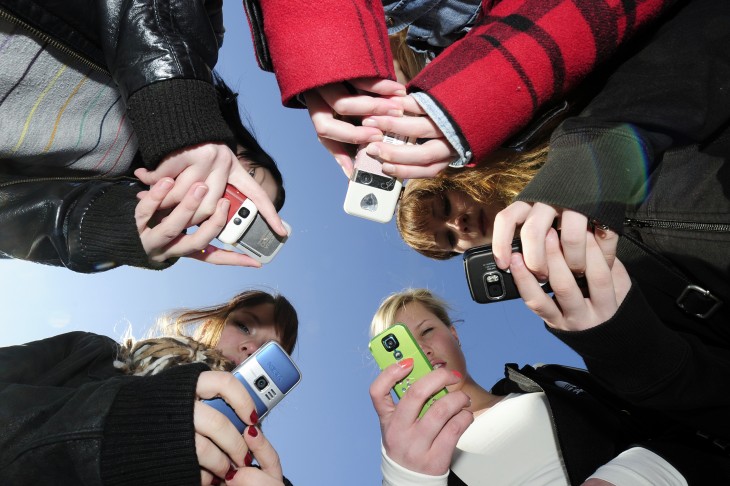Facebook at 10: How it grew from a social network to a social phenomenon
The teenage years of Facebook
We’re now entering the second decade of Facebook’s existence, but what will happen to the company when we look back in 2024? If the culture and philosophy of Facebook remains in place, there’s a good chance that we’ll be talking about it’s latest endeavors. Taylor once told us that what has made Facebook so successful amid all the competition from the likes of FriendFeed, MySpace, and others is its ability to change with the shifts in technology and user behavior.
There are those who may not share that view, and look to a couple of recent issues that have popped up as cracks in Facebook’s stability armor. During an earnings conference call in October 2013, Chief Financial Officer (CFO) David Ebersman said that Facebook “did see a decrease in daily users specifically among younger teens.”
Digital agency iStrategyLabs published a report last month that said teenage users on Facebook have declined 25.3 percent over the past three years, with 3 million fewer addressable 13-17 year olds today compared to 2011.
Facebook insists that there is nothing to worry about, but with the rise of Snapchat, WhatsApp, Line, Kik, and similar services, could these sought-after “taste makers” be heading off to greener pastures?
Another point of contention is whether or not businesses will continue to see value in Facebook. In October 2013, Forrester analyst Nate Elliott published an “open letter” to Zuckerberg with the message: “Facebook is failing marketers.” He claimed that while marketers are spending millions of dollars on the social network, only a few find success. And while Facebook has certainly shown that brands are interested in its platform, what’s uncertain is if that will continue to be over the next 10 years.
We’ve made the point multiple times throughout this piece that Facebook is more than a social network — it’s a communication platform that has impacted practically every facet of our lives. It’s moved beyond just simply being a Web-based entity to making itself accessible on mobile devices. There are countless apps that have integrated with the social network in one way, shape, or form — they connect to Facebook at least 850 million times a month just through Facebook Login.
Mobile should continue to be a big area that Facebook is devoting resources to, thanks to its acquisition of companies like Parse, Instagram, Glancee, and others. The amount of data collection possible from mobile devices means that we’ll likely see more innovative products from the company. As the ‘Internet of Things’ phenomenon continues to increase in popularity, Facebook could play a pivotal role in that area as well.
Facebook has been finding new ways to keep users engaged, including launching Paper, a visual and social news app. And Zuckerberg’s not done yet, telling investors and the press during Facebook’s last earnings call, “One theme that should be clear from our work on products like Messenger, Groups, and Instagram is that our vision for Facebook is to create a set of products that help you share any kind of content you want with any audience you want.”
As we look towards Facebook’s next decade of existence, it’s certain that Zuckerberg’s mission remains the same as it did back in 2004. With his motto of “build, grow, monetize“, Facebook remains undeterred in its pursuit of continuing to make the world a much smaller and connected place.
Don’t miss:
- Facebook’s ex-CTO Bret Taylor on the site’s 10 year milestone, lessons learned from Mark Zuckerberg
- ‘Facebook’s 2013: The quest for a ‘mobile-best’ platform
Photo credits: JONATHAN NACKSTRAND/AFP/Getty Images, KAREN BLEIER/AFP/Getty Images [1] [2], Justin Sullivan/Getty Images [1] [2] [3] [4] [5], AHMAD GHARABLI/AFP/Getty Images, John Moore/Getty Images, MLADEN ANTONOV/AFP/Getty Images, ROBYN BECK/AFP/Getty Images, photo of Facebook New York via Facebook, Spencer Platt/Getty Images, winners from Facebook’s 2012 university hackathon via Facebook, Max Morse/Getty Images, ERIC PIERMONT/AFP/Getty Images, Ralph Orlowski/Getty Images for Burda Media, and OLIVIER MORIN/AFP/Getty Images







